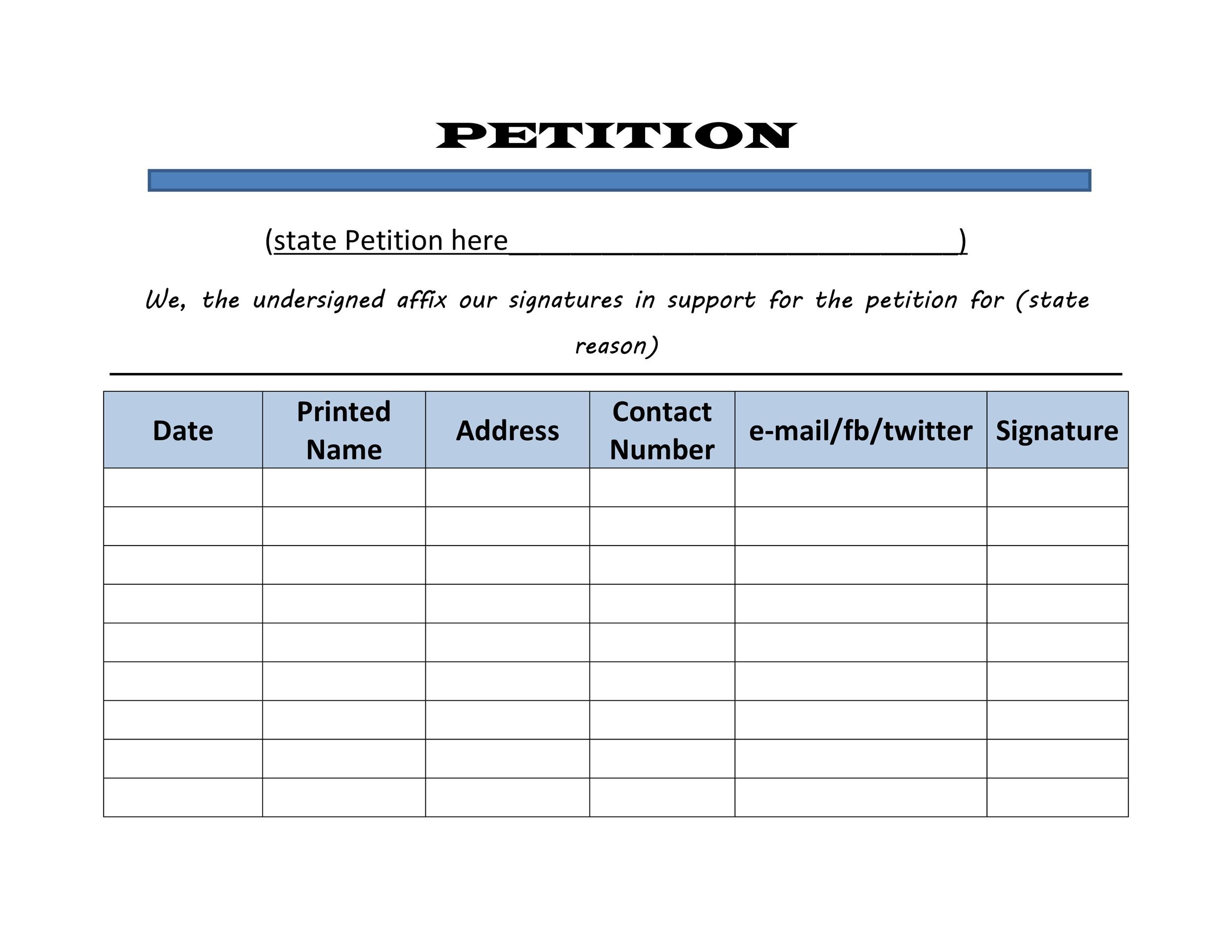
Writing a request letter for donation is an important fundraising tool for nonprofits. They can be sent as standalone mailers or included in a welcome packet to new donors.
Your request letter should be donor-centric and focus on connecting your organization to the people who will benefit from your work. It should also be concise and brief.
Identify your target audience.
Identifying your target audience is the first step in creating an effective letter that will raise donations for your nonprofit. This can be done by researching your current donor pool or looking at the demographics of those who donated in the past.
Ultimately, this will help you determine how to best communicate with your donors and make sure they understand the impact of their donation. It will also allow you to adjust your message accordingly so that it will be appealing to each person who receives your letter.
You can do this by segmenting your donor pool into different groups based on their preferred communications methods, topics of interest, and modes of payment. These groups can include email, direct mail, phone calls, social media, and online chat or messaging services.
Once you have your target audience identified, it is time to start writing the letter itself. You can use a template that is designed to help you create a professional-looking letter that will help you raise money for your organization.
Your letter should clearly state why you are asking for donations. This will give recipients a clear understanding of the reason for your request and encourage them to give to support your cause. It should also include a description of the project, campaign, or event your letter is raising funds for.
Then, explain the impact that their donation will have and how it will improve lives. It is also important to share stories about those who have benefited from your work so that your readers can connect with the people who will be affected by their donation.
Donors want to feel like they are making a difference. By empowering them with language that positions them as the hero in your story, you can make it easy for them to give and see tangible results from their contributions. This will inspire them to give more and continue giving in the future, helping your charity to grow.
Describe your organization.
When writing a request letter for donation, you should clearly describe your organization. This is the first step to capturing the attention of your reader and motivating them to give. Regardless of the type of organization you are trying to raise funds for, there are 3 key elements that should be addressed in order to make your letter effective:
Your nonprofit’s mission and purpose is the first place to draw a reader in, and it should be explained concisely and in an emotional way. If the recipient is not very familiar with your organization, explain why your mission is important, and emphasize the positive impact it has had on others.
The next part of the letter should describe what the donation will help you accomplish, and why it is so necessary. If your project or event requires a certain amount of time to achieve, include that information in the letter so your donor can plan accordingly.
Another important aspect of the donation request is to ask for a specific dollar amount that will support your initiative. This will allow donors to feel confident in their donations, and it will ensure that your organization will be able to reach its goals.
In the closing section of the letter, you should state the next step you want the donor to take. This can be as simple as asking them to visit your website or giving them instructions for how to donate.
A personalized touch can also be added to the letter, which will help encourage your recipients to respond to the letter. Keep track of your donors’ history and notes in your donor management system to make this personalization easier.
You should also address your donation request to the person who will receive it, rather than the general organization name. This will increase your chances of getting a response from your donor.
The letter should include your nonprofit’s official letterhead and logo, as well as a clear explanation of your mission. Using your nonprofit’s letterhead will make it easier for readers to recognize you, and the information will look more professional than computer generated letters.
Explain the impact of your work.
A donation request letter can be a powerful tool to help you secure the funding you need to make your mission a reality. The key is to write a letter that motivates your audience to donate, while also presenting your nonprofit in the best light possible.
The first step is to determine who your target audience is. This is important because it will determine which aspects of the letter are most relevant to them and what information you need to include in your letter.
Another factor to consider is the type of donation you are seeking. Whether it’s cash, physical supplies, or other items, you will need to decide what you need the most. For instance, you might need a certain amount of clothing to distribute at your next fundraiser.
In the first part of your letter, make sure to explain your organization’s mission and what you do. This will appeal to new potential donors, but it will also help to reconnect your previous supporters with your work.
You can also use this part of your letter to share a brief story about one of your past projects or campaigns. This will show the recipient what you are capable of and inspire them to make a contribution themselves.
Regardless of the medium you choose, the most effective letters are those that tell a compelling story about your organization’s mission and the impact it makes on its constituents. It’s also a good idea to include a call-to-action.
This section should be short and sweet, but it’s a good idea to include a few details that will make your readers interested in reading more. These might include a few examples of the type of work your organization does, a link to your website, or an invitation to learn more about the project at hand.
A good donation request letter should also include a few facts and figures to show the impact your nonprofit has had in the past. These can be as simple as a few numbers or statistics about how many people you have helped.
Ask for a donation.
Whether you’re looking to reach out to your current donors or you’re starting from scratch with a new list of potential supporters, writing a request letter for donation is a great way to engage people who want to help. The key to writing a successful fundraising letter is to write clearly and politely.
A good start to your letter is a personal greeting. Depending on the recipient, you may prefer to use their full name or a general greeting such as “Dear Donor,” but make sure it’s clear that you are addressing them directly. It’s also important to note that you should not be afraid to use a little urgency in your writing.
The next step is to explain the purpose of your organization. This section is particularly important if you are writing to someone who is not familiar with your work. It’s a great opportunity to draw in your reader and explain how their donations will affect the work you do.
You should also mention any upcoming events or volunteer opportunities that are relevant to the campaign you’re raising money for. Including this information helps to build the sense of community and encourages potential donors to get involved with your organization.
Finally, you should be sure to thank them for their support. This can be done with a simple handwritten note or through a social media post. You can even include a link to your donation page on the letter so that they can continue their support right away.
It’s always a good idea to encourage recurring donations. Often, it’s easier for donors to set up this option and then forget about it than it is to remember to enter in their payment information every time they want to donate. This can save you valuable time and effort while also making it more likely that donors will actually make a regular contribution to your cause.
Lastly, be sure to let your recipients know that their donation will be tax-deductible. This will ensure that they feel confident that their gift will be able to make an impact.





